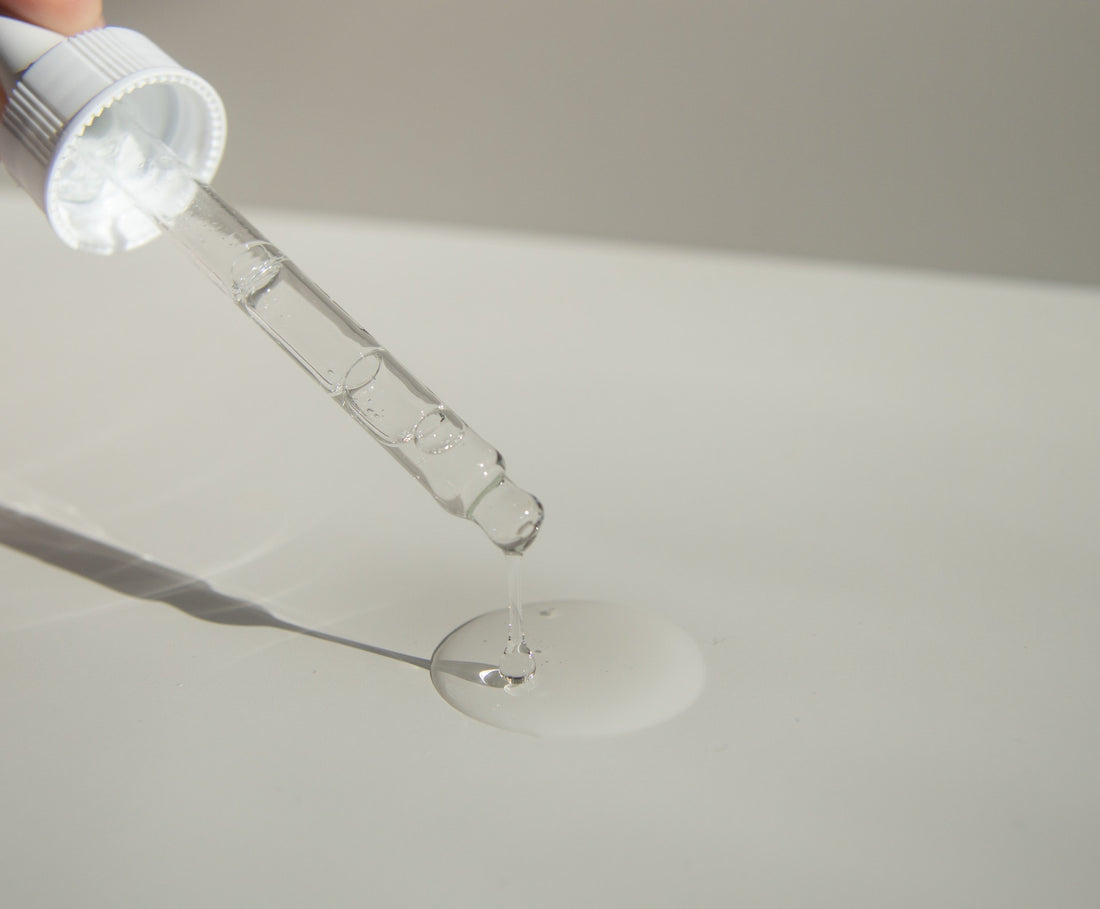Yes or No?
I regularlyreceive inquiries about glycerin. For this reason, I have attached the scientific context of Jo Marty here again:
Again and again, the topic is approached in a very controversial way. Some cosmetics experts condemn the ingredient as "garbage", as "harmful" even, stating that glycerin robs the skin of its own moisture and other negative properties are mentioned. On the other hand, the substance is highly valued by derma researchers in particular for its caring and skin-protecting function and supportive aspects. And both sides hit a right point:
How is it possible that such different statements can be true for one and the same substance?
To do this, you have to have a little deeper insight into skin physiology. If glycerin is used in a cosmetic - not so much depending on whether it is industrially produced or plant-derived glycerin - more than 10-15% of the total volume, it has been shown to cause an unfavorable reaction in the germinal lymph layers of the skin by negatively affecting the skin's own lipid molecules in these layers.
This process can further lead to negative changes in keratinocytes. Thus, after prolonged use of cosmetics with a very high content of glycerin, the most important structural protein of the skin can be decreased in quantity. This can be perceived as "dryness of the skin". It is thanks to this effect that fat dissolves fat (glycerin is chemically an alcohol, but its viscosity makes it behave chemically "oily") that glycerin is almost universally used in all kinds of solvents and cleansers. And it is also, as described, the main reason why the criticism of using glycerin in cosmetic products is aimed at. That is one aspect.
The other is, if one uses a proportion of product extracted from plants of below 5-7% in a personal care product, exactly the reverse of the process described above happens. The glycerin supports the keratinocytes in their task, supplies the germ lymph layers whereupon these can better protect and strengthen the valuable scleroprotein of the horny layer and that of the hair. Even the basal layer of the skin benefits from this phenomenon as the product behaves properly dosed used. The surface of the keratinocytes from the basal layer of the human epidermis has the same characteristics as the thymus cells that produce the immune hormone thymopoietin. And it was found already more than 25 years ago that keratinocytes well supplied with nutrients release the mentioned immune hormone and thus serve the whole immune system of the organism. A striking proof of the anatomical and functional similarity between the epithelial cells of the thymus and the skin and too much glycerol can do harm here and the appropriate dose against it can help a lot! Once again, the well-known phrase "the dose makes the difference" is perfectly applicable.
Or formulated differently:
Whether a care product containing glycerin hydrates or dries out therefore depends decisively on a skilful formulation. The proportion of sugar alcohol should not be higher than a maximum of 10 percent. In addition, the cream must supply sufficient water so that the glycerin does not have to rely on moisture from the air or from the deeper layers of the skin. It is also important that the product contains enough vegetable oils, because glycerin is more of an additive and is not sufficient for skin care on its own. A look at the INCI list immediately reveals how much glycerin has been used. To stay young and healthy for as long as possible, the skin needs at least 20 percent moisture. That's why the skin protects itself with a clever trick: it forms substances that act like mini magnets to ensure that moisture is retained. In addition to urea, this also includes the sugar alcohol glycerin. So what could be more natural than adding this substance to dry, rough skin through cosmetics from the outside? But this is where the tightrope walk with glycerin begins. Too much can damage the skin over time and become a boomerang, and when used correctly in a formulation that is valuable for the skin, glycerin can be a very grateful additive.
Again differently
Glycerin as a substance produced naturally in the body is considered to be very well tolerated. Studies confirm that, in addition to its excellent moisturizing effect, it also stabilizes the skin's protective function. Glycerin can even bind moisture in the air and hold it on the skin. The barrier function of the skin prevents the penetration of foreign substances and bacteria and secondly regulates water loss through the skin. Glycerin stabilizes and regenerates this protection and also increases skin elasticity. Because it penetrates deep into the horny layer, the drying and irritating effects of surfactants and emulsifiers are mitigated.
Thedose makes the poison:
In low concentrations, glycerin has an antimicrobial, moisture-binding effect and thus clearly has positive effects. It protects the skin from drying out, gives elasticity, makes it smooth and soft. In high concentrations (about 15% and more) glycerin has a drying effect and irritates the mucous membranes. The extraction of glycerin (synthetic, vegetable, biological) plays a significant role! There are synthetic and vegetable glycerin. Vegetable glycerin is produced during the saponification of natural fats and oils. Conventional products mainly use synthetic glycerin, which is derived from petroleum. However, petroleum should not be contained in cosmetics.
So; the topic of glycerin keeps creating confusion. Several contradictory statements have been researched and are true. The statements are to give some overview, why from two divergent statements both can be correct.




